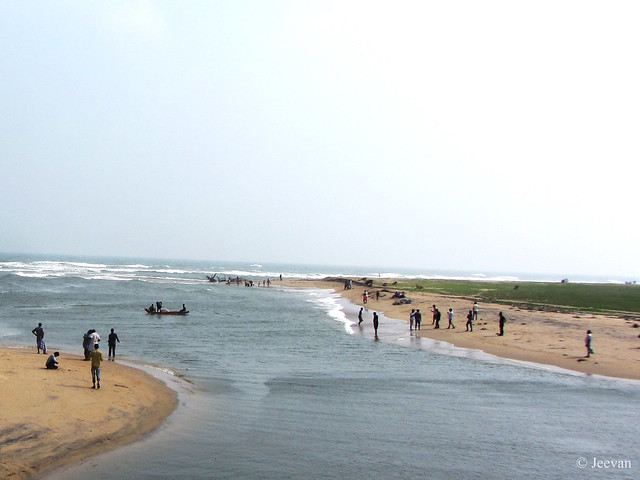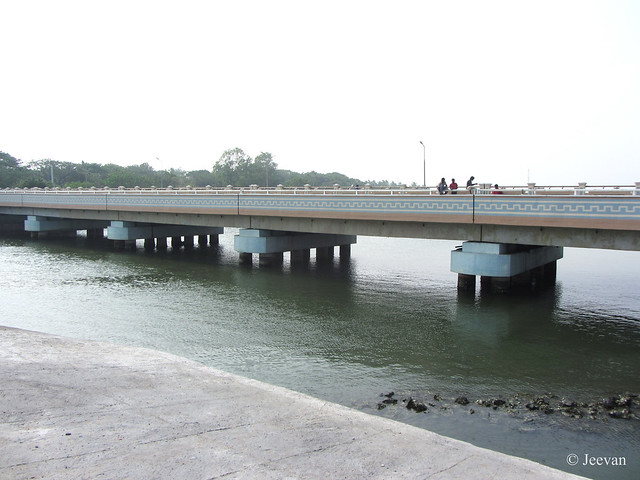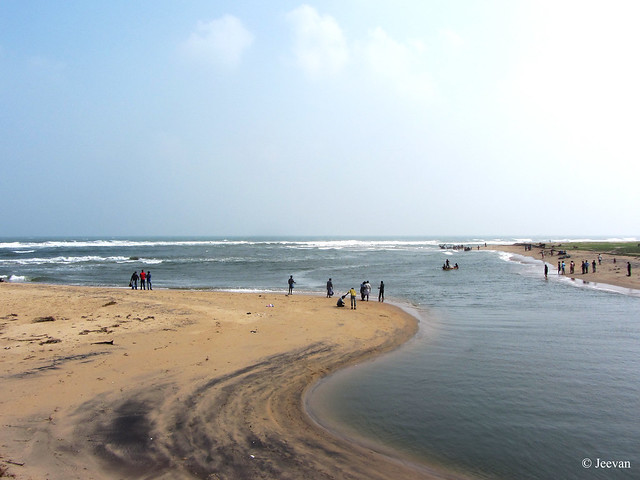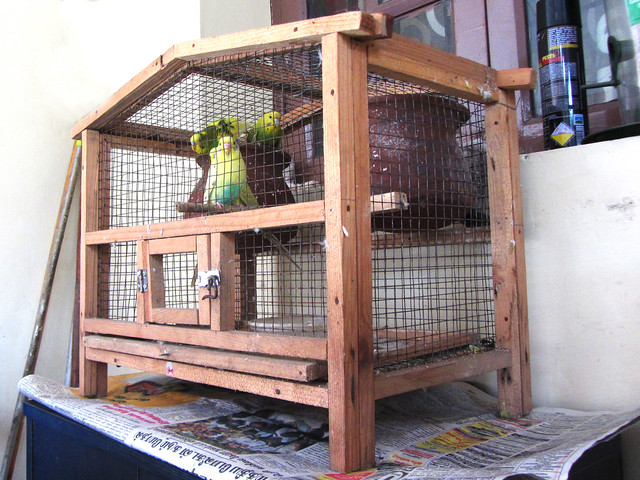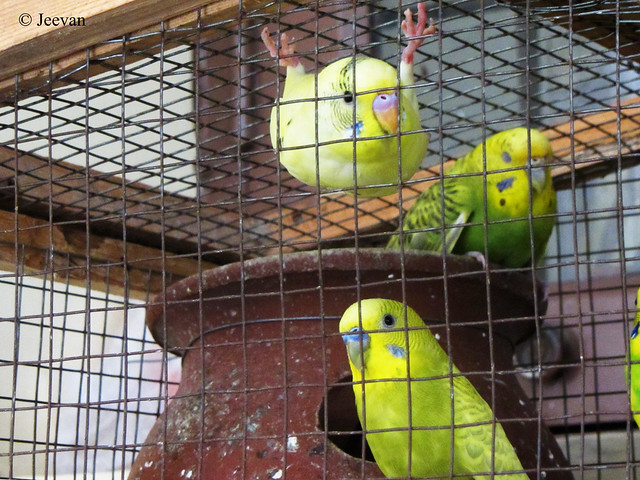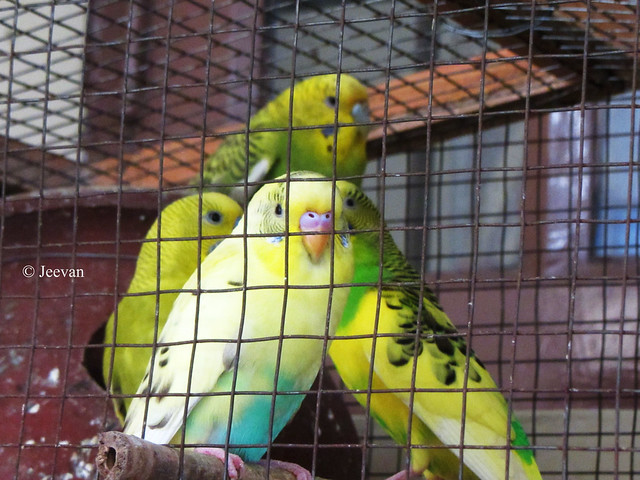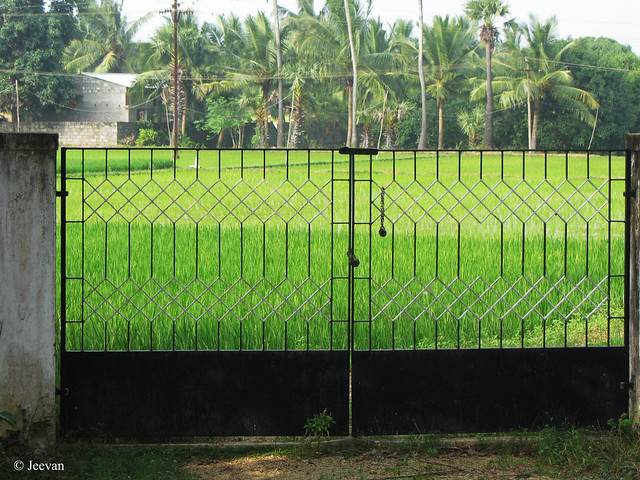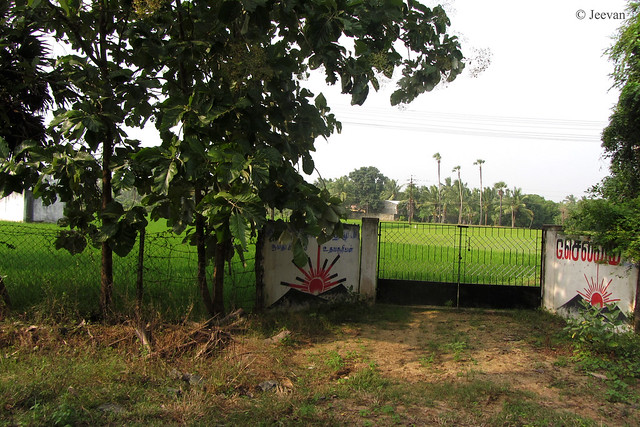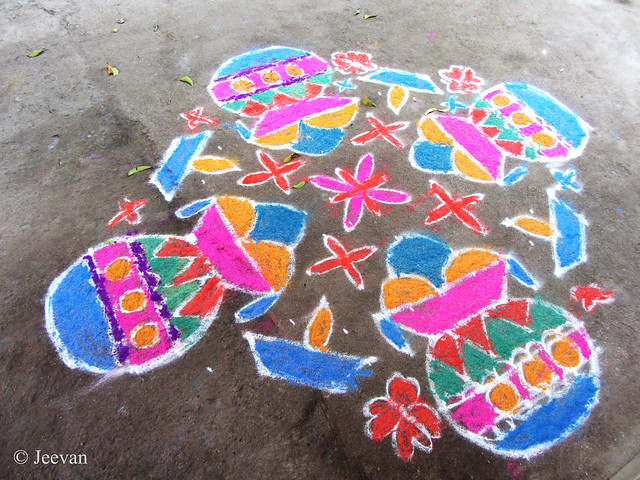Though Deepavali is my favourite
festival, and I simply loved it for fireworks and sharing of sweets and snacks,
Pongal is an occasion I quite admire for its significant phase on life. Pongal
is a grand festival in Tamil Nadu that celebrates the thanksgiving of nature
and harvesting season. On this time, farmers set to harvest their fully grown
crops and make Pongal (a dish made by boiling of rice) out of it and dedicate
it to the sun, which is the source of energy for all. Pongal, which celebrated for four days (Jan
14-17), also worships the cattle – which supports human in cultivation for
great productivity – and celebration of bulls, for their endurance and mighty
on tillage. Though tractors and harvesting machines have replaced the man and
animals lately, the small scale farmers are still depend on cattle and I could
see bulls ploughing lands, even today at the outskirts of Chennai. This is the
time people has to understand, however mechanism has developed to help humans
and throw out cattle’s from field, they (bulls) still need to be involved in
farming and cows for milking to sustain them from decline.
 |
| Pic courtesy: wiki |
Just like bulls used for
ploughing and bullock carts,
Jallikattu is a traditional sports (conducted
during the festival of Pongal) where bulls are let loose into an open space
(one by one) and man has to control the bull or grasp it for some time. The
sports has been banned by the Supreme Court for last couple of years, following
the complaint filed by animal welfare activists that bulls are ill-treated
during the training and the event. Even though few days back, the central
government gave a green signal to conduct the sports played according to the
regulations the Supreme Court has formed in its former reports. The Apex Court
has once again ruled out the decision of the central govt. to conduct the event
and the people who have been in great delight (followed by the union govt. consent)
had been disappointed now. I know everyone has an opinion on the sports and
reason to support and oppose and for me this is not just a sports, but a way to
keep alive the bulls and sustain their relationship. Because I believe, only
until the sport is here, the bulls (that are specifically breed for the event)
will continue to exist.
The time I appreciate the animal welfare
activists, for bringing out the cruelty behind this sport and ill-treats while taming
the bulls, upon which the Supreme Court brought some restrictions in conduction
the game in 2007 and until 2014 the event has went formal, taking a dramatic
change in the pattern of its conduct. The event has been captured in
videography thoroughly – to keep certain the rules are followed and bulls aren’t
harmed, and the players, who are subjected to catch the bulls, have given uniform
and are forced to take physical test before entering the ground. Unlike earlier,
where the players and audience are blend with crowed and many who aren’t fit
enough are injured through the cause, and
to prevent this the players and onlookers are separated by a strong
fence now, and the age is also restricted to be between 20 and 40 for those who
like to play. The game’s rules have also been simplified from being insane,
where too many hold on a bull and pulling its tail… the players are allowed to
grasp only the bulls hump and holding there for 30 seconds or run 30 feet from
the entrance (called Vadi Vasal) where the bulls are let loosed.
When things being right and conductors
and players are conscious about the rules, what makes the animal activists asking
for a ban? I am not supporting animals being harmed in anyways, but I strongly
believe without hard work and struggles nothing survives. Bulls are hardworking animals and if we haven’t
let them play and treated in right manner it will becomes weak. Experts believe
that a bull with full vigour breeds strong bovines, and for that these animals
has to be active and endure. And only
till their need is there, the people will keep support the bulls and for those bovines
were the livelihoods keeping them alive and healthy is much needed. Beside these
what bothers me more was the survival of bulls! A question rises in me, what is
the state of bulls if the Jallikattu is prevented? Or any kinds of activity
that involve bulls are restrained? Just being conscious that no animals (the
domesticated) are harmed is enough to preserve them? The noted cattle species
Kangeyam, an indigenous breed of India, is on the verge of life along with many
other species. It’s easy for us to support animal’s welfare and look after our job,
which does not involve cattle and it won’t going to bother us further. But for
farmers, the animal’s welfare as well the survival of bulls is very important
on the race.
The tradition and culture can be transformed
according the comfort of life, unless it has nothing meaningful. I don’t see
Jallikattu as just the traditional courageous sports, but ways to keep sustain
the bulls and active their breed. According to
Kala Karthi, Jallikatu is
created not for the sports, but for training the users in controlling their bovines.
Though I am not sure about the tradition behind it, the Jallikattu is perhaps created
to showcase manpower and used as a platform to marry the virgin by taming the
bull that reared by her family. Today it is played (maybe) to sustain the practice/tradition
and existence of bulls!

